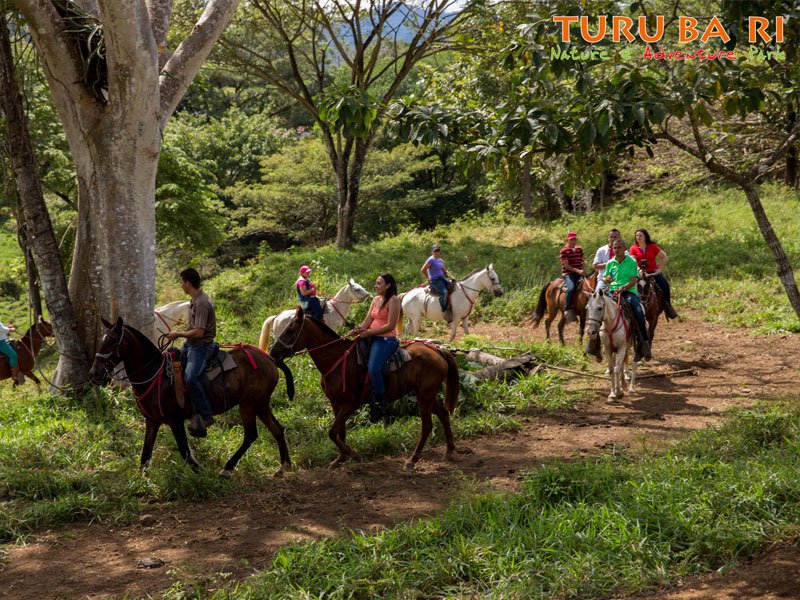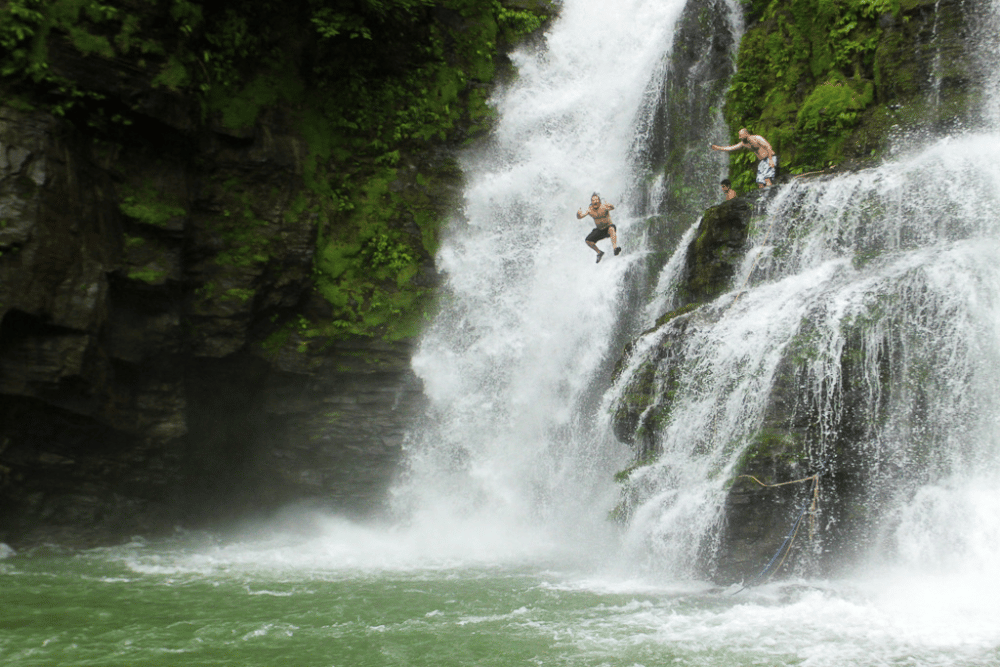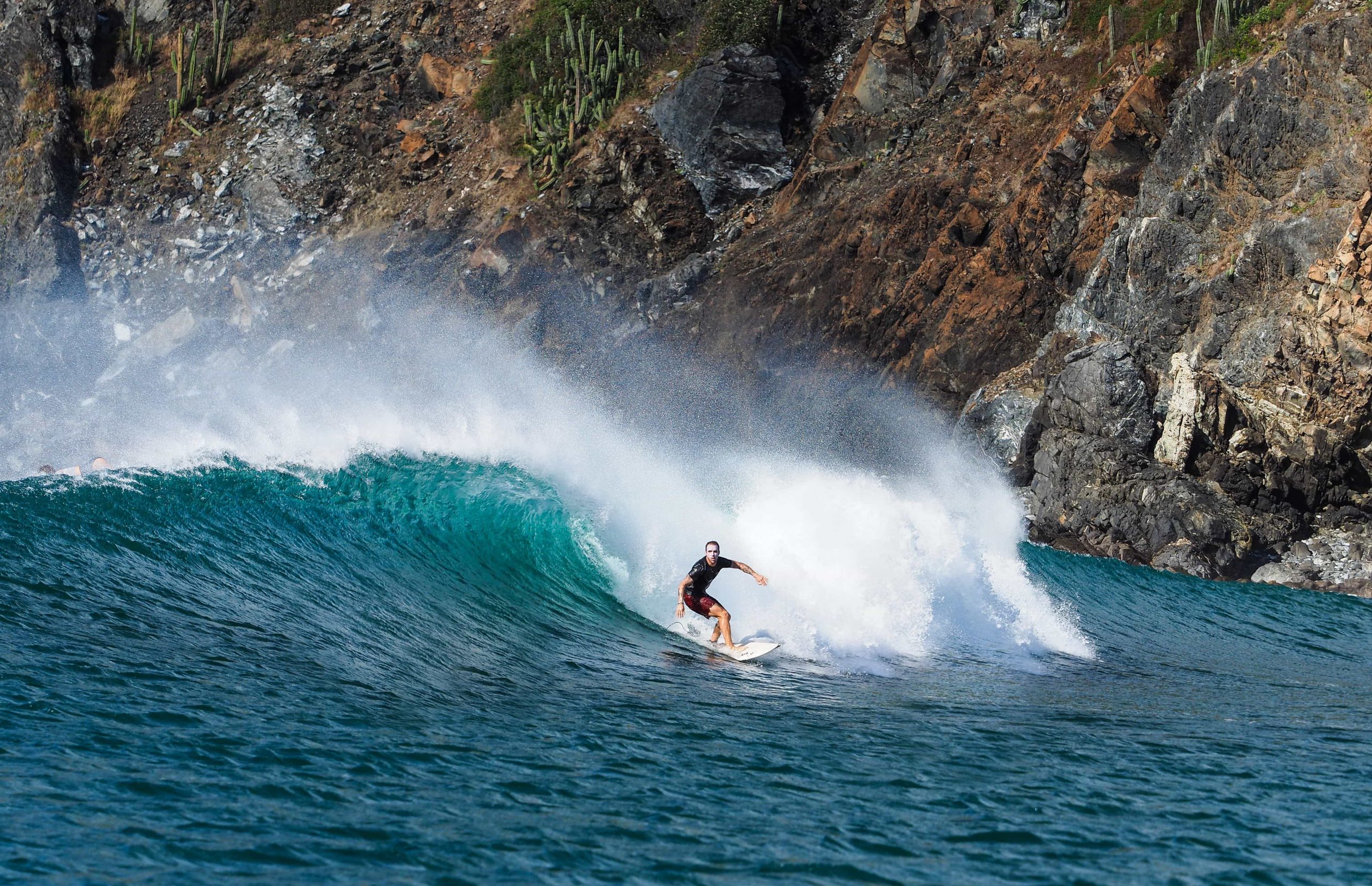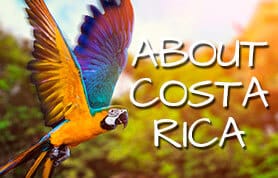Visitors just can’t help getting excited about Costa Rica’s wildlife. In the country’s many national parks and wildlife refuges, visitors are simply amazed by the immense variety of tropical life that flies, swims, hops, crawls, climbs and slithers around them. Thousands of exotic plants form dense canopies of ferns, orchids, bromeliads and philodendrons in the tree-tops.
There are at least six different kinds of habitats in Costa Rica: tropical rain forest, cloud forest, dry tropical forest, montane oak forest, mountainous paramo, and mangrove and other wetlands. How can you possibly understand it all? Well, fortunately, Costa Rica, the birthplace of ecotourism, has extensive experience in explaining this bewildering variety of wildlife to tens of thousands of visitors every year.
The first place to start is with one of the country’s well-trained natural history guides. There are about 400 such guides, all of whom are experts at identifying birds, frogs, bats, monkeys and other wildlife, and at explaining the relationships between plant and animal species. As naturalist Amos Bien, the founder of the Rara Avis ecotourism project, puts it, “Being in a rainforest without a guide is like being in a library without knowing how to read.”
He adds that guides can be easily hired through hotels and reliable travel agencies. Most ecotours are conducted on foot, but Costa Rica has some other options you’ll enjoy. In the watery world of Tortuguero, boats cruise along the edge of rivers and lakes, while guides point out wildlife in the rainforest along the shore. Canopy tours, which take you where the action is in the tops of trees high overhead, are conducted in several private reserves.
One of these is fully mechanized, requiring no physical exertion. But others require you to pull yourself up into the forest canopy, then swing like Tarzan from one high platform to another. It’s a lot of fun once you get the hang of it, and the view from the top is definitely worth the climb! On your tour, a pair of binoculars comes in handy. Birders will want their own copy of the “Birds of Costa Rica.”
Plastic identification charts are sold throughout Costa Rica for several animal groups and these are very useful. And, of course, you’ll be glad you took your camera, insect repellent and a rain coat. A great deal is going on behind the scenes in Costa Rica to make ecotourism the tremendous success it is in the country. More than 25% of Costa Rica’s total land area has been officially protected as national parks or wildlife refuges.
Many government agencies and private foundations are actively working to manage and preserve these areas. The tourism board has begun a certification process for the ecotourism industry, with evaluations that include monitoring the quality of environmental education, environmental impact, water use, energy consumption, and waste management, as well ecotourism businesses’ contributions to local economies, cultures, and public health. Ecotourism is a planned activity that helps to preserve and protect natural areas, to make things better.
Costa Rica, the birthplace of ecotourism, is also the place where ecotourism has achieved its highest level of success. You’ll be amazed by the country’s diverse habitats and abundant wildlife, and will have a lot of fun learning about Costa Rica’s many ecosystems. But the truly great thing about ecotourism is that, by participating, you are helping to save fragile environments for generations to come.





